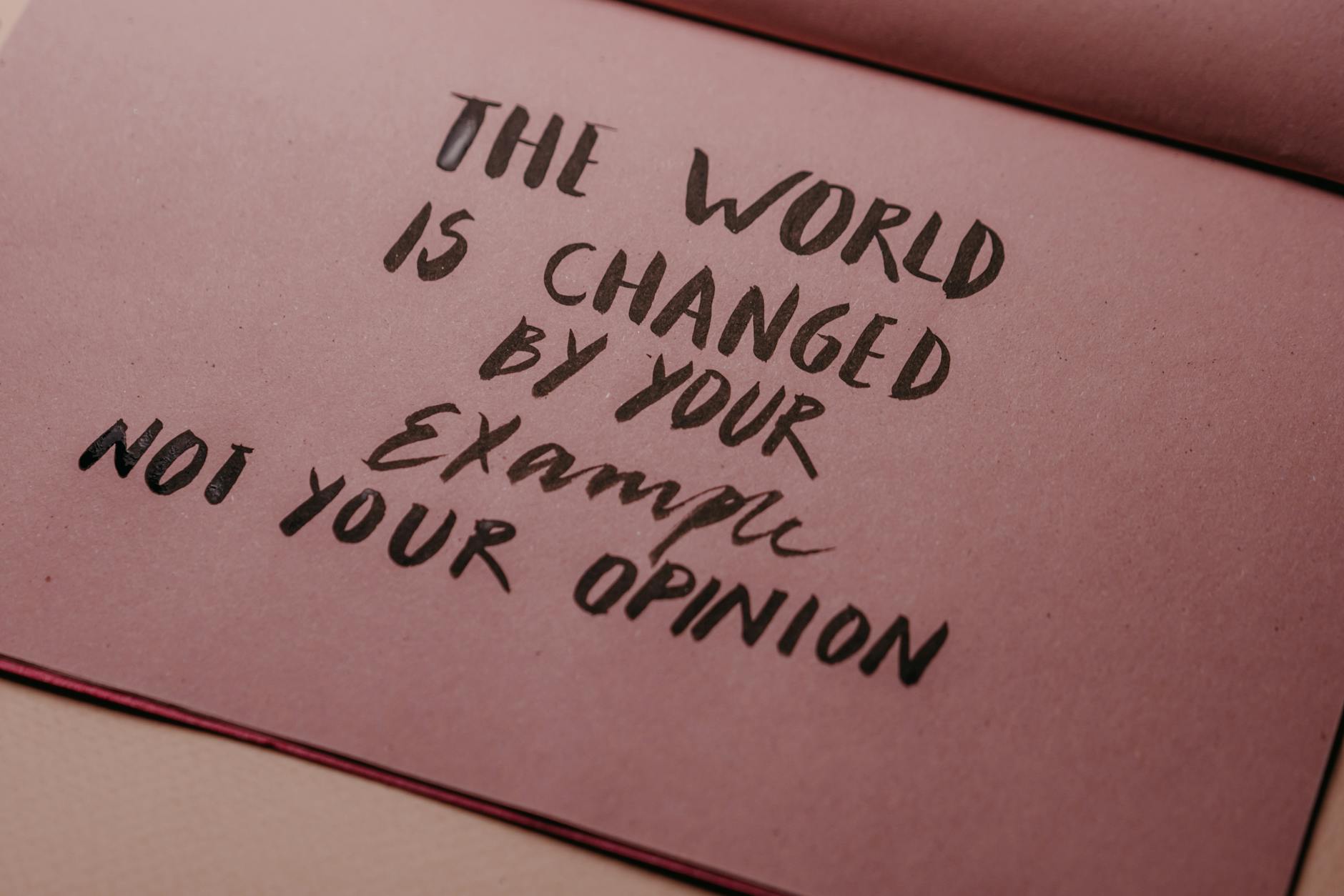
Introduction
In today’s fast-paced work environment, stress has become an unwelcome companion for many professionals. The constant demands and pressures can lead to burnout, affecting both productivity and well-being.
Incorporating mindfulness into daily routines offers a powerful antidote to this pervasive stress.
Mindfulness, the practice of being present and fully engaged in the moment, helps individuals manage stress by promoting relaxation and enhancing focus.
Numerous studies have shown that mindfulness not only reduces stress but also improves emotional resilience and decision-making skills.
By cultivating an awareness of the present, employees can develop a more balanced and harmonious approach to their work and personal life.
This article explores four mindfulness practices recommended by psychologists to help reduce workplace stress.
These techniques are designed to be integrated seamlessly into your daily routine, providing a pathway to a more mindful and less stressful work environment.
Step 1: Practice Deep Breathing

One of the simplest yet most effective mindfulness practices for reducing stress is deep breathing. This technique helps calm the mind and body by activating the parasympathetic nervous system, which is responsible for rest and relaxation.
Deep breathing increases oxygen flow to the brain, promoting a sense of tranquility and clarity.
To begin, find a quiet and comfortable space where you can sit or lie down without distractions.
Start by placing one hand on your chest and the other on your abdomen.
Take a slow, deep breath in through your nose, allowing your abdomen to rise as your lungs fill with air.
Hold your breath for a brief moment before gently exhaling through your mouth.
Focus on the sensation of the breath leaving your body, and repeat this cycle for several minutes.
For optimal results, aim to practice deep breathing daily, particularly during moments of heightened stress.
By regularly engaging in this mindful breathing exercise, you can create a sense of calm and focus that extends beyond the practice itself.
This simple yet powerful technique can be a cornerstone of your stress-reduction strategy, providing immediate relief and long-term benefits.
Step 2: Incorporate Mindful Walking

Mindful walking is a dynamic form of mindfulness that allows you to connect with the present moment while engaging in movement.
This practice can be seamlessly integrated into your daily work routine, providing a refreshing break from desk work and an opportunity to de-stress.
By focusing on the sensations of walking, you can cultivate a deeper awareness of your body and surroundings, which can significantly enhance your mental health.
To practice mindful walking, begin by setting aside a few minutes during your lunch break or between meetings.
As you walk, pay close attention to the rhythm of your steps, the contact of your feet with the ground, and the movement of your legs.
Notice the sensations of the air against your skin and the sounds around you.
Keep your mind anchored to the experience of walking, gently redirecting your thoughts whenever they wander.
Mindful walking not only helps reduce stress but also improves concentration and creativity.
By regularly incorporating this practice into your routine, you can return to your work with a renewed sense of focus and calm.
It serves as a moving meditation that refreshes both mind and body, making it an ideal mindfulness practice for busy professionals.
Step 3: Engage in Body Scan Meditation

Body scan meditation is a mindfulness practice designed to help you identify and release tension throughout your body.
It encourages a deep connection with your physical self, promoting relaxation and awareness.
By systematically focusing on different body parts, you can become more attuned to areas of stress and discomfort, allowing for the conscious release of tension.
To begin a body scan meditation, find a comfortable position lying down or seated.
Close your eyes and take a few deep breaths to center yourself.
Starting from the top of your head, mentally scan your body, slowly moving down to your toes.
As you focus on each area, notice any sensations, tightness, or discomfort.
Breathe into these areas, imagining the tension melting away with each exhale.
The psychological benefits of body scan meditation include reduced anxiety, improved emotional regulation, and increased body awareness.
This practice helps create a sense of peace and equilibrium, making it a valuable tool for stress management.
Regular engagement with body scan meditation can foster a deeper understanding of your physical and emotional states, enabling healthier responses to workplace stressors.
Step 4: Practice Gratitude Journaling

Gratitude journaling is a powerful mindfulness practice that focuses on recognizing and appreciating the positive aspects of life. By regularly writing about things you are grateful for, you can shift your mindset away from stressors and towards positivity. This practice is known to enhance mood, increase resilience, and reduce stress.
To start your gratitude journaling routine, set aside a few minutes each day—preferably in the morning or before bed.
Begin by writing down three to five things you are grateful for. These can be as simple as a warm cup of coffee, a supportive colleague, or a successful project outcome.
For more structure, use prompts such as: “What made me smile today?” or “Who am I thankful for in my life?”
The psychological benefits of gratitude journaling include improved emotional well-being, enhanced empathy, and reduced symptoms of depression.
By focusing on gratitude, you cultivate a mindset that appreciates the positive, which can transform your relationship with stress.
Over time, this practice can help you build a more optimistic outlook and improve your overall quality of life, both at work and beyond.
Conclusion
Embracing mindfulness practices such as deep breathing, mindful walking, body scan meditation, and gratitude journaling can transform your approach to stress management in the workplace.
These techniques offer practical, accessible ways to enhance focus, emotional well-being, and resilience.
By incorporating these practices into your daily routine, you create a foundation for a more balanced and harmonious work life.
Take the first step towards reducing stress by choosing one practice to implement today.
With consistent effort, you will notice a positive shift in your ability to handle workplace challenges.
Remember, mindfulness is a journey, and each small step contributes to a healthier, more mindful you.





